Have you ever gotten curious about maker education? Maybe you’ve seen a lesson where students are encouraged to learn the basics of engineering or STEM concepts in a hands-on way. Or a Language Arts lesson that encourages students to get to know the characters of classic literature by creating a visual representation of the story. So, what exactly is maker education? And what does it take to get started?
Simply stated, maker education is an experiential-based, hands-on/minds-on approach to learning. This approach to education is rooted in the work of John Dewey and Jean Piaget, and, more recently, Seymour Papert’s constructionism. Constructionism posits that the best learning occurs through the active creation of tangible, real world projects.
I wrote Learning in Making for two overarching reasons: First, to show teachers that integrating maker education activities into their curriculum is achievable, realistic, and not as difficult as some may believe; and second, to emphasize that students deserve an education that is engaging and helps them develop skills to enhance their lives now and for their futures. Through maker education, students acquire skills that many educators, administrators, and policy makers have stated are important for today’s learners: communicating, innovating, creating, collaborating, persisting in the face of failure and adversity, problem-solving, working with and through ill-defined tasks, and demonstrating not only what they know but also showing what to do with what they know.


